
Taiwan Chips Act Sets Research and Development Spending at NT6 Billion
The Ministry of Economic Affairs sets the research and development investment threshold at NT6 billion for companies to qualify for tax incentives under recently approved amendments to the Act for Industrial Innovation – Taiwan’s version of the US Chips and Science Act. The announcement was made on May 2, 2023. That sum was slightly less than the government’s original threshold of between NT5 billion and NT10 billion. However, it is much higher than the average annual R & D expenditure of NT3 billion that the nation’s top 100 companies have committed to over the past few years. Another requirement is that companies need to set aside at least 6% of their revenue for R & D in order to receive the tax incentives. The targets of the government’s initiative are those companies in Taiwan that are strategically important to global supply chains. It is also hoped that the program will encourage more overseas Taiwanese businesses to invest back home. Besides semiconductor firms, the program is also applicable to companies that are capable of developing world-leading or innovative and scalable technology in strategic industries such as 5G, electric vehicles and low Earth Orbit Satellites. The new tax incentives will be in place for seven years, starting this year, and the ministry will start accepting applications next year based on their investments this year. Taiwan Semiconductor Manufacturing Co. is widely considered to be on top of what is likely to be a short list of companies eligible for tax breaks as the world’s biggest contract chipmaker plans to allocate about 8% of its annual revenue to R & D.
TSMC Accounts for 30% of Non-Memory Chips
Taiwan Semiconductor Manufacturing Co. accounted for 30% of the sales in the global IC industry last year the company stated in a report to shareholders in May. It was the first time that the company’s revenue made up 30% of the global total and represents a 4% increase. It was also the 13th consecutive year of record revenue showing strong growth. At the end of last year, TSMC began the commercial production of chips that were made using its advanced 3 nanometer process. The company expects the chips to contribute significantly to its revenue in the third quarter of this year. Advanced technologies, meaning 7 nanometers and below, made up 53% of TSMC’s total wafer in 2022, up from 50% in 2021. Net profit last year totaled NT 1.01 trillion, up 70.4% from a year earlier, on the back of robust global demand for emerging technologies, such as automotive electronics, 5G applications and high-performance computing devices. The company said it shipped about 15.30 million 12-inch equivalent wafers last year, up 1.1 million units from a year earlier. The increase came after the company deployed 288 distinct process technologies and rolled out 12,698 products for 532 customers. The chipmaker is developing the more sophisticated 2 nanometer process, which is expected to enter commercial production in 2025, with a trial run scheduled for next year. TSMC said the process would be the most advanced semiconductor technology in the global IC industry in density and energy efficiency. However, this year TSMC has had to face ongoing inventory adjustments in the global semiconductor industry amid weakening demand from end users. In April, TSMC told investors that sales this year would likely fall 1-6% from 2022 in U.S. dollar terms.
Taiwan Promotes the Accelerated Examination Program (AEP)
The Taiwan Intellectual Property Office has promoted the Accelerated Examination Program to expedite the examination process of invention applications, allow applicants to experience a swifter examination process and obtain patent rights in a shorter period of time. There are several possible conditions that must be met in order to qualify, as follows:
- The corresponding application needs to have been approved by a foreign patent authority under substantive examination. The applicant will need to supply a copy of the relevant Office Actions, an AEP request form, a copy of the approved patent claims, or a copy of the notice of allowance and to-be-published patent claims issued by a foreign patent authority.
- If an application in a foreign country has received an Office Action during substantive examination (issued by either the European Patent Office, or the Japanese Patent Office, or the United States Patent Office) but has yet to receive approval, it can join the AEP. The applicant should provide at least the first Office Action or the PCT-designated International Search Report from the EPO, or the JPO, or the USPTO. Further required documents include: a copy of the AEP request form, a copy of patent claims based upon the OA and its Chinese translation, and a search report issued by a foreign patent authority.
- If an application is an invention which has been already put into production, it will qualify as an application that can use the AEP. The documents required include: an AEP request form, evidence showing that the invention has been commercialized, such as licensing agreements, marketing brochures, and commercial catalogues. The fee is NT 4,000, and the results will be issued within six months.
- Applications involving green technologies can qualify for AEP. The invention needs to relate to green technology areas recognized in Taiwan, such as technologies for improving energy conservation and developing new sources of energy, renewable energy vehicles, or technologies for carbon reduction and resource saving. Documents required include: an AEP request form, and a written explanation indicating the connection between the invention and green technologies. The payment is NT 4,000, and the results will be issued within six months.
New Additions to the Amendments to the Taiwan Trademark Act
On May 9, 2023, Taiwan’s Congress passed a draft amendment to the Trademark Act. Some recent additions include:
- Trademarks containing functional elements are not eligible for registration unless the functional elements are represented by dotted lines. The Taiwan Intellectual Property Office’s Explanatory Notes to the Amendment state that functional elements cannot obtain registrability through use and will not be considered when determining trademark confusion. If a trademark contains functional elements that cannot be presented visually (such as sound or smell), the applicant must declare that these elements are not part of the mark.
- Famous organization names will be protected. The amendment will prohibit the registration of a mark that is the same or similar to the name of a famous business or organization, or the name of a famous juristic person, or other entity that is likely to cause confusion among consumers. By adding the words – or similar to – into the amendment, the protection of famous organization names will be enhanced.
- There will be new exceptions made to trademark right exhaustion. The principle of international exhaustion will be upheld, but there will be exceptions if the trademark holder intends to prevent changes or impairments to parallel imports after they have reached Taiwan’s market, or if there are other legitimate reasons. The amendment further allows for exceptions to the exhaustion principle in cases of preventing unauthorized processing or alteration of parallel imports.
- The rule concerning goods suspected of infringing on a trademark when detained at customs have been relaxed. Previously, the trademark owner or the agent had to respond at short notice and appear at the customs office to identify the detained goods and confirm whether they infringed on the registered trademark or not. The new amendment has removed the outdated and inconvenient rule of physical appearance by the registrants in light of the availability of advanced information technologies common in today’s society. Trademark owners can now access digital photos of suspected infringing goods on the customs online platform after notification by customs, eliminating the need to make a potentially time-consuming visit in person.
China Releases Report on National Intellectual Property Agency Industry Development Status
China’s National Intellectual Property Administration released the abovementioned report on May 11, 2023. The data showed a growth trend in several areas covered by the report. In 2022, 645 new patent agencies were established, and 5 foreign patent agencies were allowed to establish resident representative offices. By the end of 2022, the total number of patent agencies reached 4,520, a year-on-year increase of 586, with an annual growth rate of nearly 15%. Also, by the end of 2022, the number of trademark agencies nationwide reached 71,466. In 2022, 7,569 new trademark agencies were registered and 64 were canceled. However, in early 2023 a new re-registering process was initiated with stricter criteria, which resulted in a new officially sanctioned total of 16,921 trademark agencies. That number is expected to increase once the review, still ongoing, is completed.
The China National Intellectual Property Administration Holds Briefing in Shanghai
The CNIPA recently held a press conference to highlight the special campaigns enacted to protect the intellectual property rights of foreign-funded enterprises over the past three years. In Shanghai, more than 60 cases of administrative adjudication in the field of foreign-related patent infringement disputes have been handled in this period of time. Also, the city has investigated and handled over 1,000 cases involving infringements of foreign trademarks. The campaign is part of the government’s plan to optimize the business environment and, to that end, IPR officials have been stationed in more than 100 large-scale international exhibitions in order to facilitate a swift resolution to any IP dispute.



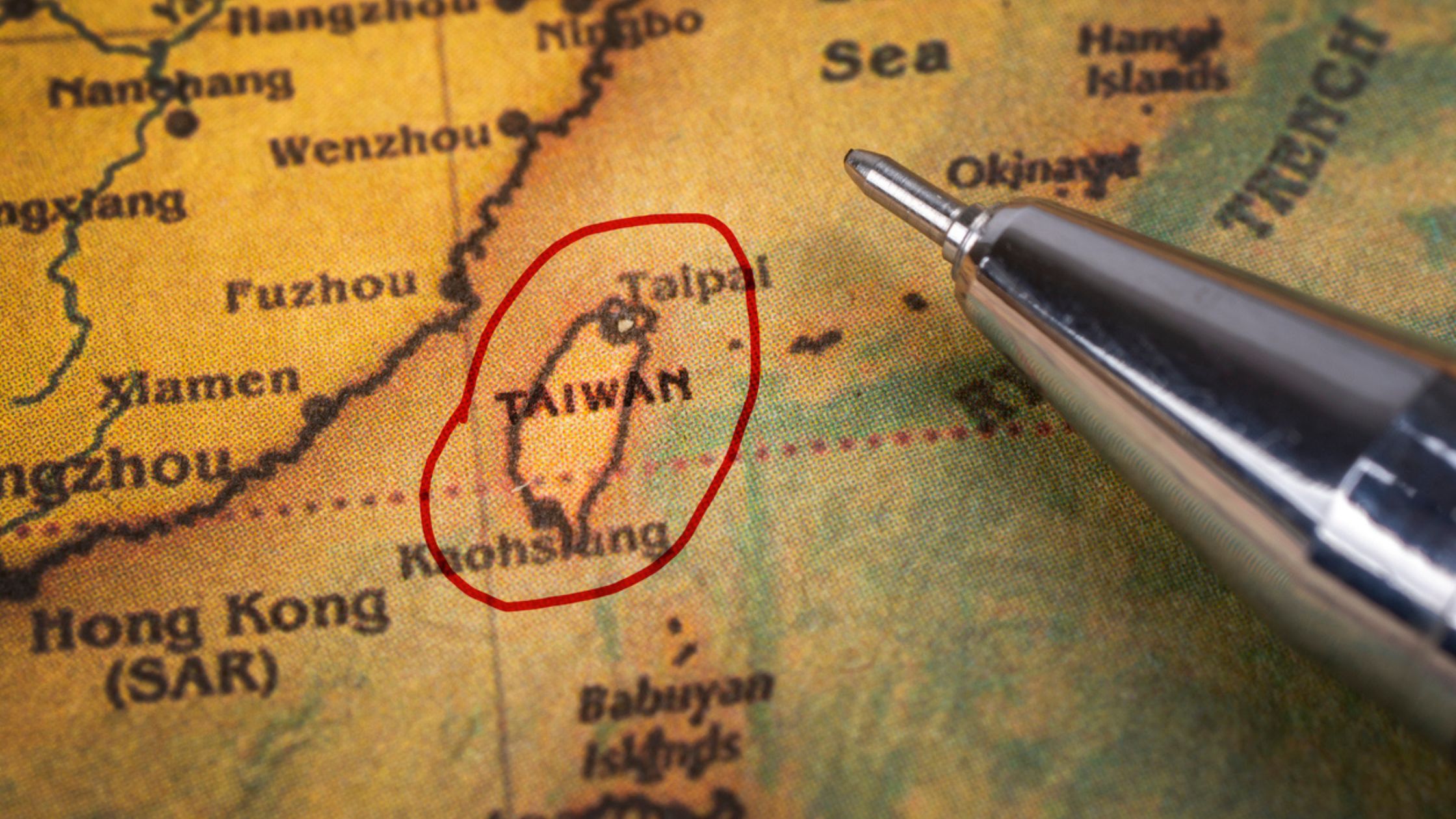
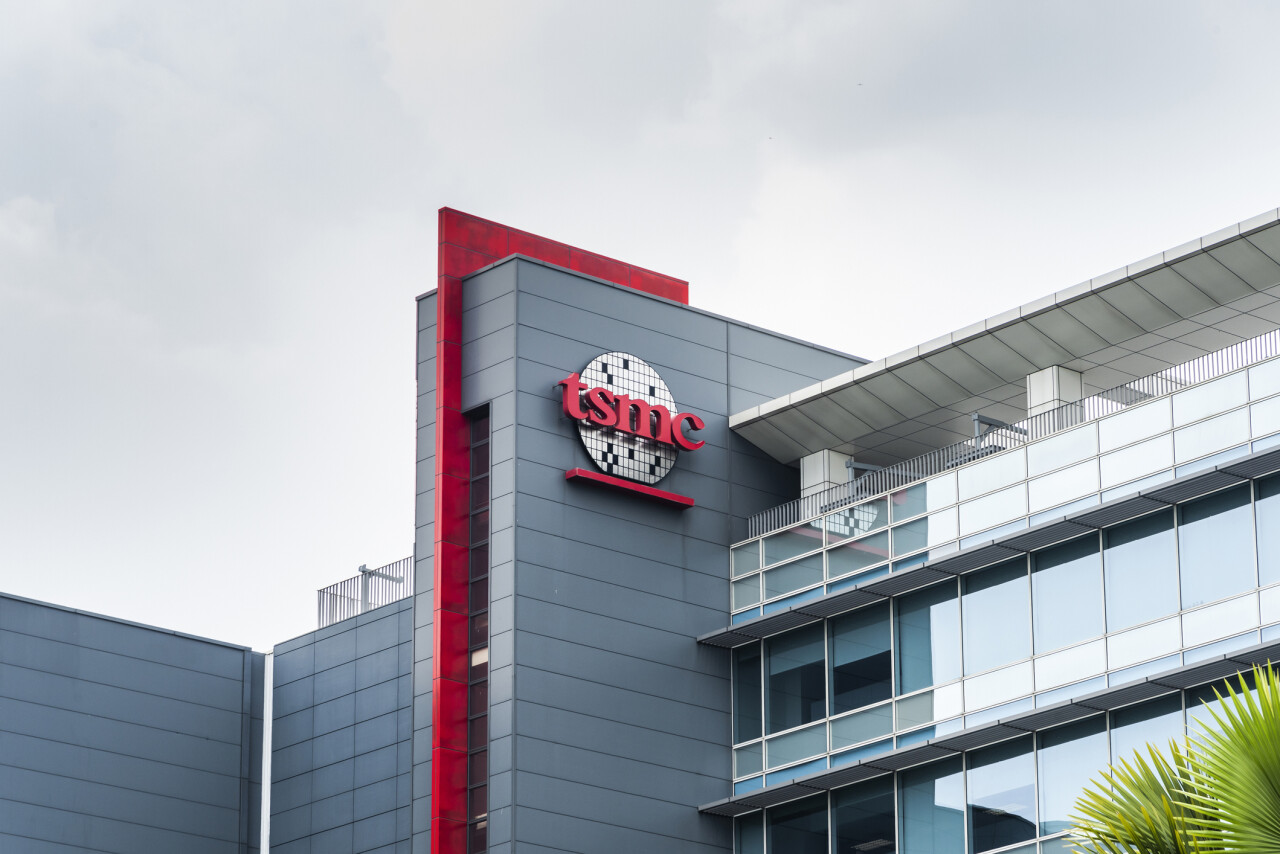





 Deep & Far Attorneys-at-law
Deep & Far Attorneys-at-law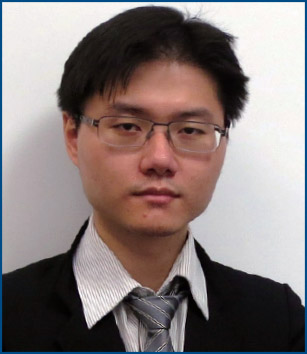 Yu-Li Tsai
Yu-Li Tsai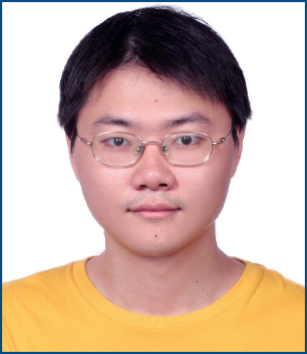 Lu-Fa Tsai
Lu-Fa Tsai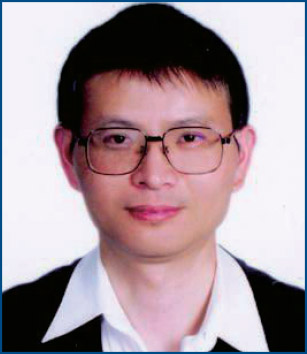 C. F. Tsai
C. F. Tsai







